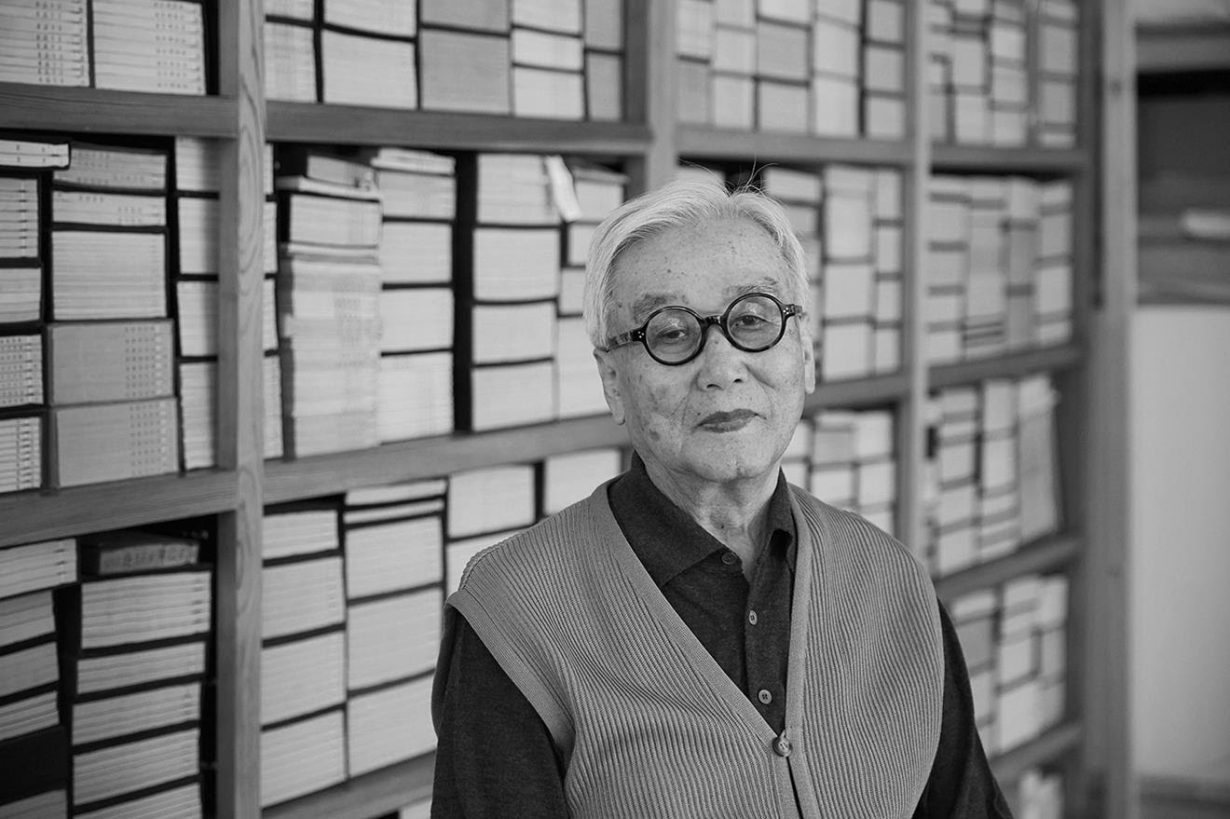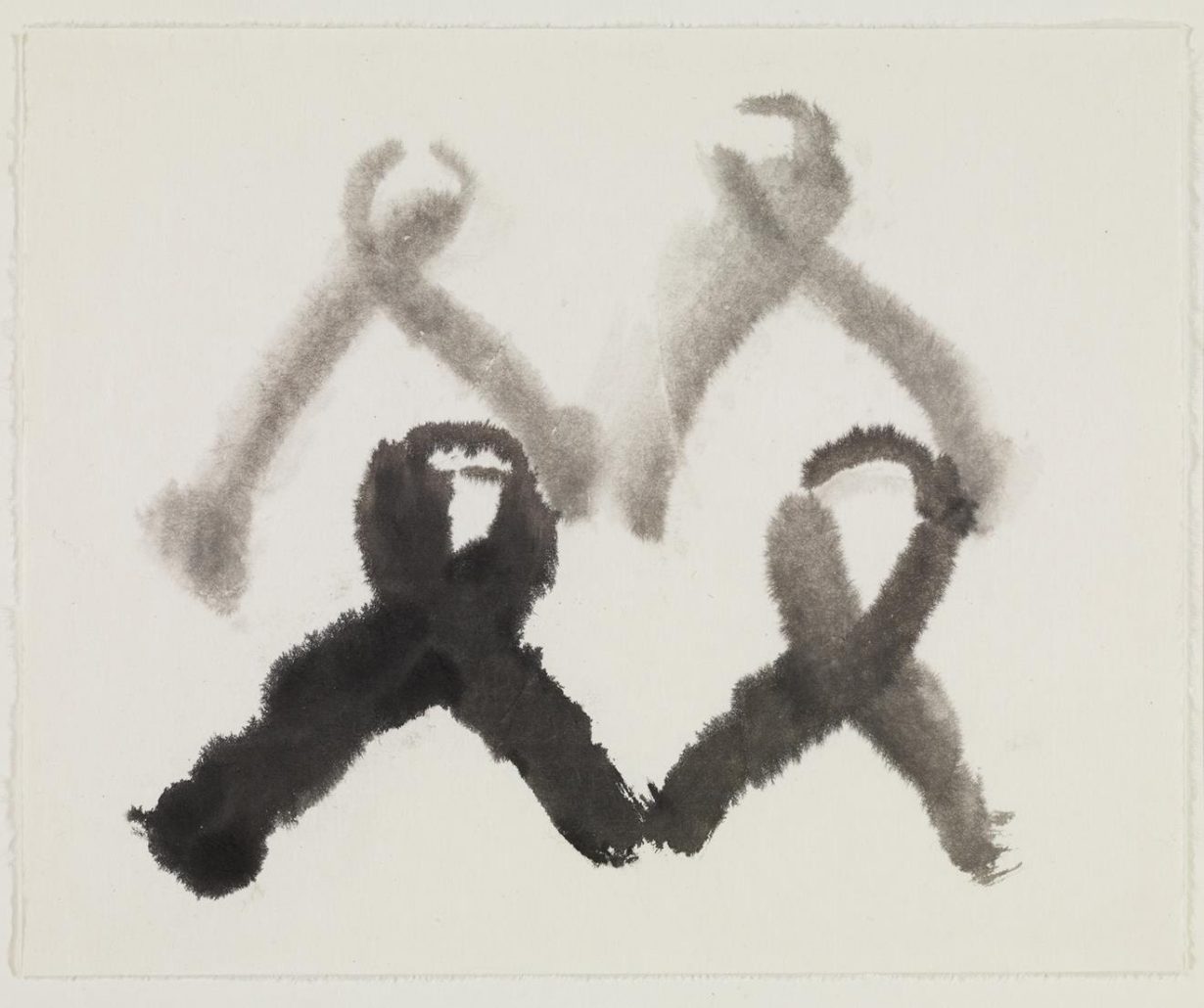Suh Se Ok, the South Korean artist and poet who fused traditional forms of calligraphy and ink painting with a modernist spirit, has died.
In 1960, he formed a group called the Mungnimhoe, or Ink Forest Society, which looked to develop an experimental style in ink painting that had its roots in literati painting.
Starting in the 1960s, Suh began fusing abstract mark-making with his fascination of the patterns, most notably in his People series. Made quickly with extended brushes on large sheets of rice and mulberry paper, the works depict stylised human figures constructed from dashes and linear strokes of varied thickness and length.

His images have a similarity to Korean ideographs and Suh’s experimental approach was an explicit protest against the traditional Japanese nihonga painting, the artist having grown up in a family of traditional Korean artists under Japanese occupation.
‘I paint the forms that I find in the infinite space beyond objects,’ he said of his work. ‘What is there and what is not there are in a constant cycle.’

Suh is the father of Do Ho Suh, the installation artist known for his works which recreate (in fabric on a 1.1 scale) the places he has lived, including his childhood home.
Suh Se Ok’s recent solo exhibitions include the National Museum of Modern and Contemporary Art, Seoul and Gwacheon, Korea (2015, 2005); Museum of Fine Arts Houston, TX (2008); and Maison Hermes, Tokyo, Japan (2007). In 2012, Suh received the Order of Cultural Merit – Silver medal from the Korean government.